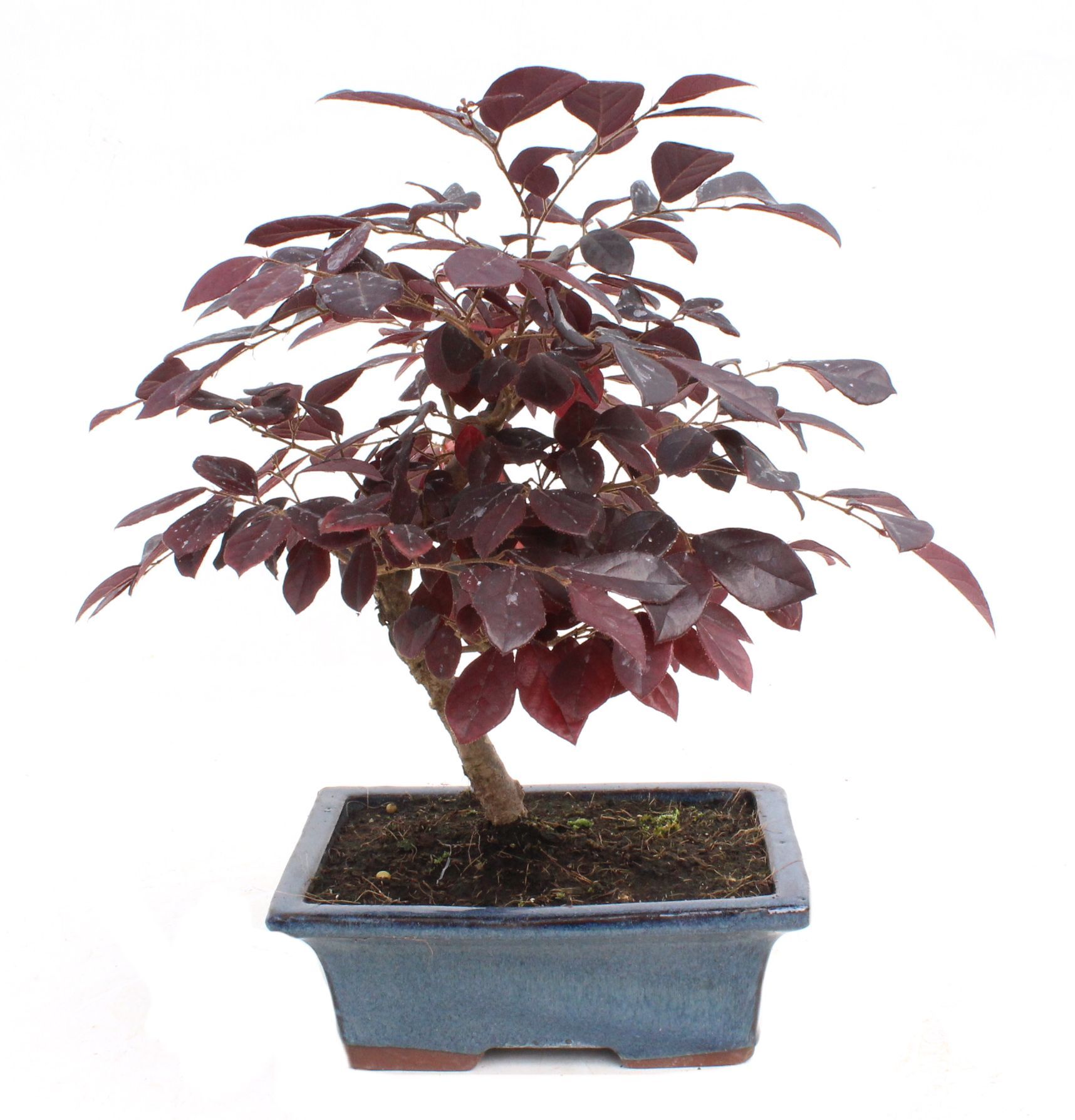Characteristics
Tree or shrub of medium growth; It is generally a kind of evergreen, but in very cold regions, it loses the leaves in winter and behaves like a deciduous species, sprouting again in spring. The leaves are purple to green, depending on the time of the year and the variety. It blooms abundantly in winter, forming 4-petal flowers grouped in bunches. The flowers are of various colors.
Location
In full sun to achieve an intense coloration of the leaves, although in warm periods a semi-shade situation is preferable so that no burns appear on the leaves.
Watering
It resists both excess and lack of water well, but prefers to live in a fairly moist substrate.
Fertilization
Spring, end of summer, and fall.
Re-potting
Every 2 to 3 years, in early spring.
Substrate
100% Akadama, or mixed with 30% of volcanic gravel.
This species prefers quite acidic soils, so it appreciates a certain level of humus or acid peat in the substrate.
Pruning and pinching
Pruning
From October to March, coinciding with the dormant period. Cut the shoots that leave the base of the trunk. Pruning can be done after flowering.
Pinching
Let the tree grow new shoots, up to 10 leaves, then cut down to the 2 first leaves.
Wiring
Between spring and summer. Remove the wires when the bark begins to be affected. Do not wire newly transplanted trees (wait about 4 months of vegetative growth).
Curiosities
In traditional Chinese medicine, dried loropetalum leaves are used to treat burns.

